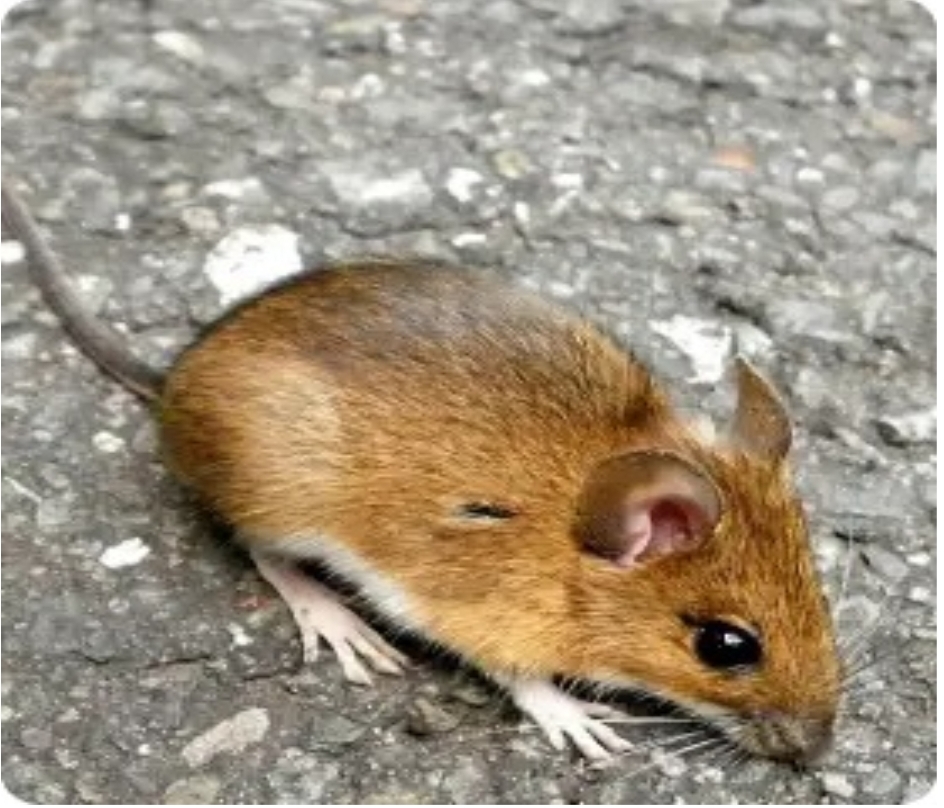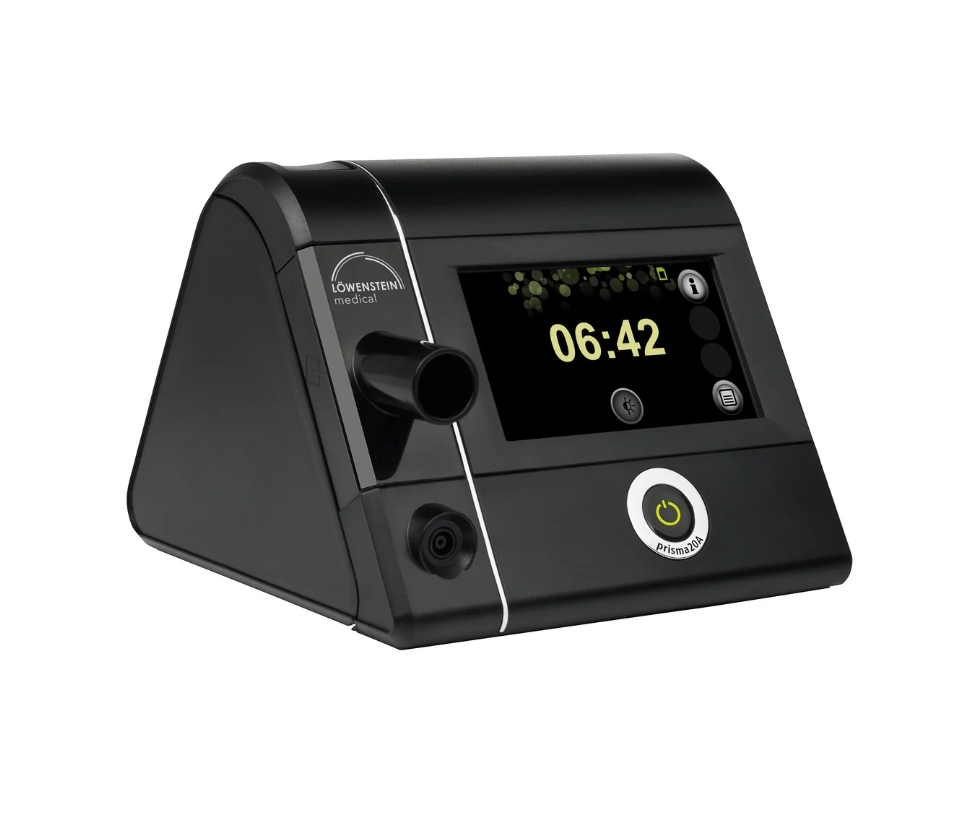London, a dynamic and densely populated city, faces significant challenges in managing mice and other pests. These nuisances pose threats not only to property but also to health and well-being. Effective mice and pest control are essential for maintaining the city’s safety and hygiene. This article explores the prevalence of mice and pests in London, their present risks, and the comprehensive strategies employed to control and eradicate them.
The Importance of Mice and Pest Control
Mice and pests can cause a myriad of problems in urban environments like London:
- Health Risks: Mice and pests can carry and transmit diseases to humans and pets. For example, mice can spread Hantavirus and salmonella, while insects like cockroaches can cause asthma and allergies.
- Property Damage: Mice are notorious for their nibbling behaviours, which may cause extensive damage to electrical wires, insulation, and structural components of buildings. Termites, on the other hand, can erode the strength of timber structures.
- Food Contamination: Pests such as mice, ants, and cockroaches can contaminate food supplies, leading to foodborne illnesses. This is particularly concerning for the food industry.
- Economic Impact: Infestations can result in financial losses due to damaged property, lost inventory, and business interruptions. In particular, restaurants and food processing plants face stringent regulations and potential closures if pest problems are detected.
- Psychological Effects: Pests can cause significant stress and anxiety for residents and business owners, affecting quality of life and productivity.
Common Pests in London
London’s urban landscape provides an ideal habitat for a variety of pests, with some of the most common including:
- Mice: House mice are prolific breeders who adapt quickly to their environment. They seek food, water, and shelter within buildings, making them a persistent problem.
- Rats: Both Norway rats and roof rats are expected in London. These rodents are more significant than mice and can cause considerable damage and pose serious health risks.
- Cockroaches: These resilient insects thrive in warm, humid environments and can spread diseases such as salmonella and gastroenteritis.
- Bed Bugs: These small, nocturnal insects feed on human blood, causing itchy bites and significant discomfort. They are particularly problematic in densely populated areas.
- Ants: Various species of ants can invade homes and businesses, contaminating food and sometimes causing structural damage.
- Wasps: Wasps can be aggressive, and their stings are painful, posing a risk to those who are allergic. Nests near homes and businesses can be particularly problematic.
Mice Control in London
Mice are among the most common and troublesome pests in London. Effective control requires a combination of preventive measures, monitoring, and targeted treatments.
- Identification and Inspection: The first step in mice control London is identifying the presence of mice through signs such as droppings, gnawed materials, and tracks. A thorough inspection helps locate nests, entry points, and food sources.
- Sanitation: Maintaining a clean environment is crucial. Proper waste management, regular cleaning, and storing food in sealed containers can reduce the availability of food and shelter for mice.
- Exclusion: Sealing entry points is essential to prevent mice from entering buildings. This includes repairing holes and cracks in walls, floors, and foundations and installing door sweeps and screens.
- Trapping: Traps are a frequent tool for managing mouse populations. Snap traps, glue boards, and live traps can be carefully placed in areas where mice are active.
- Baiting: Rodenticides can be used with traps to reduce mice populations. However, care must be taken to use these products safely and by regulations to prevent harm to non-target species and the environment.
- Monitoring and Maintenance: Continuous monitoring is necessary to ensure that mice do not return. Regular inspections and maintenance of exclusion measures help keep buildings mice-free.
Comprehensive Pest Control Strategies
Effective London pest control involves a multifaceted approach tailored to the specific pest problem. Key strategies include:
- Inspection and Assessment: Regular inspections aid in detecting insect problems early. A thorough home inspection can reveal the amount of the infestation and the most effective management measures.
- Integrated Pest Management (IPM): IPM combines multiple control strategies to manage pests most effectively and sustainably. This approach focuses on long-term prevention and minimal use of chemicals.
- Biological Control: Natural predators can be an effective and environmentally friendly control method, such as introducing beneficial insects that prey on pests.
- Chemical Treatments: When necessary, targeted use of pesticides can help control pest populations. It’s essential to use these treatments responsibly to minimise environmental impact.
- Physical Controls: Physical barriers, traps, and exclusion techniques can prevent pests from entering buildings and reduce their populations.
- Education and Awareness: Educating homeowners and business owners on pest protection and control strategies is critical. Awareness initiatives can assist to lower the danger of infestations.
Legal and Ethical Considerations
Pest control in London must comply with various legal and ethical guidelines:
- Regulations and Legislation: Pest control efforts must comply with local and national requirements, including pesticide safety and animal welfare.
- Health and Safety Standards: The safety of pest control experts and the general public is of fundamental importance. This involves thorough training, the use of personal protection equipment, and following safety procedures.
- Environmental Impact: Consideration must be given to the environmental impact of pest control measures. Wherever possible, environmentally friendly and sustainable methods should be used.
- Animal Welfare: Humane treatment of pests is essential, particularly for larger animals like rodents. Live trapping and relocation should be considered where feasible.
The Role of Technology in Pest Control
Advancements in technology have significantly improved pest control methods, making them more efficient and effective. Some notable technological innovations include:
- Clever Traps: Smart traps with sensors and cameras can detect and capture pests more effectively. These traps can also send real-time alerts to pest control professionals for prompt action.
- Thermal Imaging: Thermal imaging cameras can detect heat signatures of pests, allowing for precise identification and location of infestations, even in hidden or hard-to-reach areas.
- Ultrasonic Devices: Ultrasonic pest repellents emit high-frequency sound waves that are unpleasant to pests but inaudible to humans. These devices can help deter pests without the use of chemicals.
- Drones: Drones can be used for aerial inspections of large properties, identifying potential pest hotspots and monitoring the effectiveness of control measures.
- Data Analytics: Advanced data analytics can help predict pest infestations based on historical data and environmental factors. This allows for proactive and targeted pest control strategies.
Preventive Measures for Mice and Pest Control
In terms of pest management, prevention is always preferable to treatment. Implementing preventative steps can considerably lower the chance of infestation:
- Regular inspections: Inspections of homes and businesses can help identify potential pest problems early, allowing for prompt action.
- Proper Waste Management: Ensuring that waste is managed correctly and disposed of can reduce the availability of food sources for pests.
- Maintaining Cleanliness: Regular cleaning and sanitation can eliminate potential food and water sources for pests.
- Landscaping and Maintenance: Proper landscaping and maintenance of outdoor areas can reduce the attractiveness of properties to pests. This includes trimming vegetation, removing standing water, and maintaining building exteriors.
Conclusion
Mice and pest treatment in London is a difficult but necessary duty for preserving public health, defending property, and guaranteeing economic security. Effective management necessitates the use of preventative measures, regular monitoring, and focused therapies, all while following legal and ethical guidelines. By recognising the issues and implementing integrated management techniques, London residents and businesses may successfully limit the hazards connected with mice and pests, maintaining a safe and sanitary environment for all.




